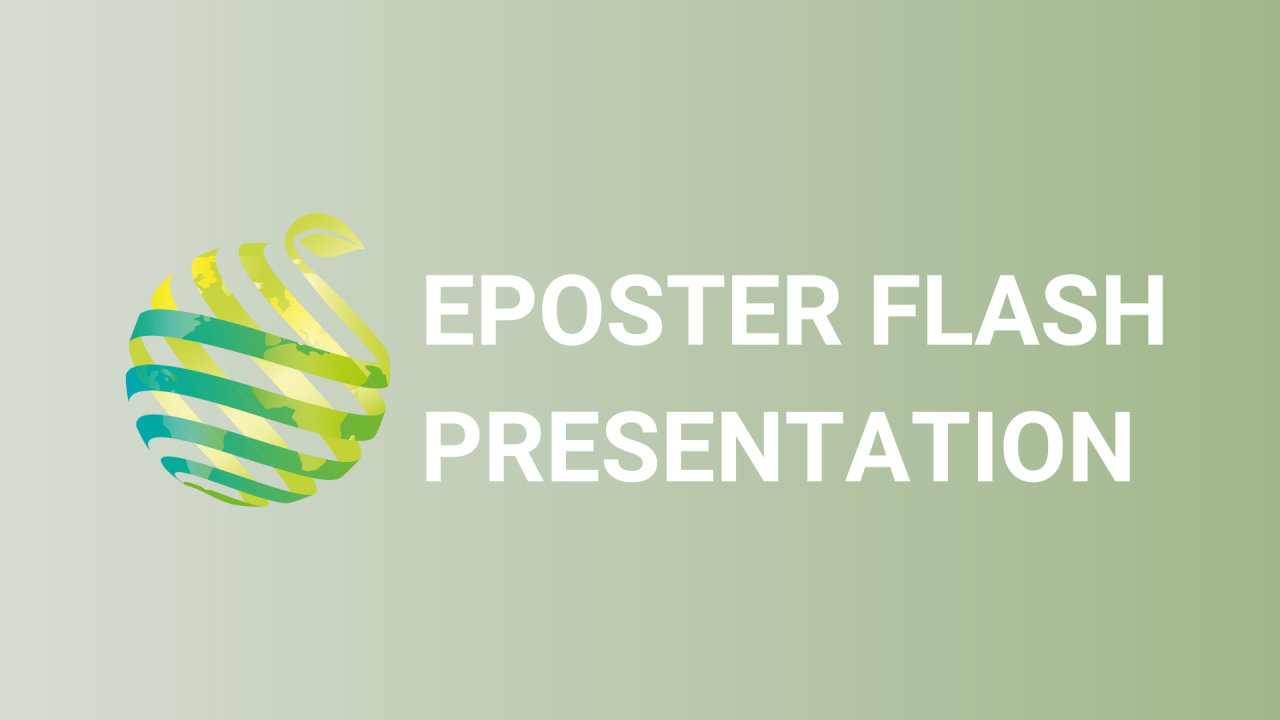

S06 - Session P17 - A survey of water use of commercial propagators in controlled environments
Information
Authors: James Faust *, Allison Justice, Jeremy Crook
During the propagation of unrooted cuttings of floriculture crops, water is applied to the cuttings in the form of mist to reduce transpiration, reduce leaf temperature, and maintain cutting turgidity until roots are initiated in the propagation substrate. Seventeen commercial propagators throughout eastern North America were surveyed about their greenhouse facilities and propagation schedules, and measurements were taken to quantify the volume of water being applied to vegetative annual and zonal geranium cuttings during the first 10 days in propagation. The survey indicated that the primary distinctions between commercial propagation systems were how the nozzles were mounted, e.g., a fixed-position system or a tracking-boom system and how the frequency of mist events was controlled, e.g., a time clock (static) or a vapor pressure deficit (VPD) (dynamic) system. The water volume per mist event ranged from 29 to 113 mL/m 2 for vegetative annual species and 38 to 318 mL/m 2 for zonal geraniums. The total number of mist events over a 10-day propagation cycle ranged from 99 to 909 for vegetative annuals and from 38 to 1008 for zonal geraniums. The total mist volume over 10 days ranged from 4.3 to 61.3 L/m 2 for vegetative annuals and 3.2 to 119.4 L/m 2 for zonal geraniums. The wide range of water volume applied during propagation suggests that there is ample opportunity for many propagators to reduce the water volume applied. The results suggest a benchmark target of 20 L/m 2 of water for vegetative annuals and 10 L/m 2 for zonal geraniums over a 10-day propagation cycle during late winter can provide sufficient water for successful propagation while reducing excess runoff.